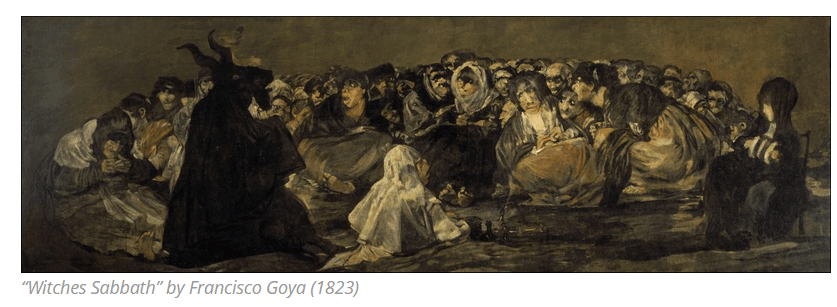

Lesson 4 - Section 1

Minor Scales
All of the Major scales have a cousin. Major scales are related to minor scales. Unlike the cheerful Major scale, the minor scale is darker. Minor scales are more introspective and mysterious.
Lesson 1 - Section 2

Comparing Major and minor scales
Did you know that at one time composers were forbidden to write music in a minor key? There was severe punishment for those who did. Minor keys were thought of as being able to cause great destruction or evil. Yet, some of the greatest works of the musical arts are written in minor keys. Russian composers were most noted for their excellent works in minor keys.
Lesson 4 - Section 3

Well that is it for now
Some of the songs you have been playing out of your simple piano song book may be in minor keys. By looking at the Key Signature, you will now be able to say which Major key or minor key the song is based on.